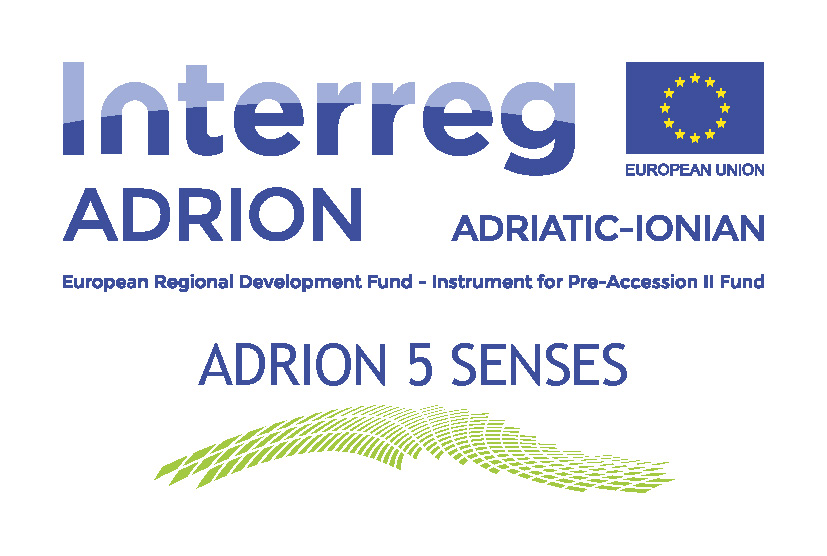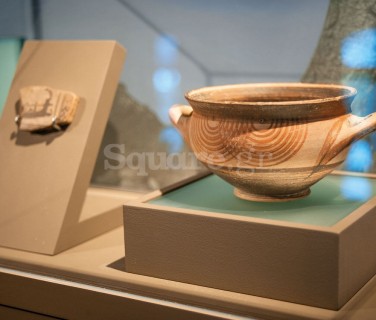
Arethousa-Archaeological Museum of Chalkida
5.0
Sight
The Archaeological Museum of Halkida collects findings from all over Evia. The building has a large courtyard and three rooms where exhibits are displayed. The building belongs to the Greek state and was designed to accommodate the Euboean antiquities. The museum is housed in the distillery under the name "Arethousa", an industrial building of the early 20th century that ceased to operate in 1980. It is a declared cultural heritage monument and evidence of the city's significant industrial activity during the previous century.
The exhibits date back from the Paleolithic to the Roman Age and come from excavations in Evia. The museum's exhibition features collections with finds from the settlement and cemetery of Manika (2800 - 1900 BC), Mycenaean pottery and figurines, a collection of Classical and Hellenistic coins by Halkida Eretria and Karystos, Roman votive sculptures from Halkida and Edipsos, funerary monuments from Halkida, the new Lampsacus and honorary resolutions. In the courtyard of the Museum there are tombstones and Roman sculptures. The seated female statue of the 4th century is distinguished from the exhibits. BC, the marble tombstone depicting a young man and a dog, the column depicting Pluto and Dionysus (mid-4th century BC), the statue of Antinous (2nd century AD) , the headless statue of Apollo or Dionysus, the female statue of the Hellenistic Era and two heads of kouros of the Archaic Greece.
The multitude of findings that had been unearthed in Chalkida, its wider area and elsewhere on the island were the reason for the establishment of an archaeological museum in the city that would house objects from all over Evia and give a glimpse of history, political and social evolution of the island.
The museum exhibition was organized in such a way that it briefly presents the history of the island and on the other hand highlights the ancient monuments to the visitor. The courtyard features burial monuments, architectural members and sculptures of Classical, Hellenistic and Roman Era. In the three rooms there is a chronological classification of showcases and exposed objects that dates from the Paleolithic period (around 100,000 BC) and ends in Roman times. The museum's right-hand room presents findings dating from the Paleolithic to the Geometric period and the left-hand room, from the Archaic to the Roman. The main hall is dedicated to the Classical, Hellenistic and mainly Roman times.
Druga uključena osjetila
- Tatto:
Dostupnost/prijevoz
- Highway Network-Car:
- Međugradski/turistički autobus:
- Biciklističke i pješačke ceste:
- Staze i planinarske ceste :
Podkategorije
- Trenutci i sjećanja:
- Kreativnost i znanje:













